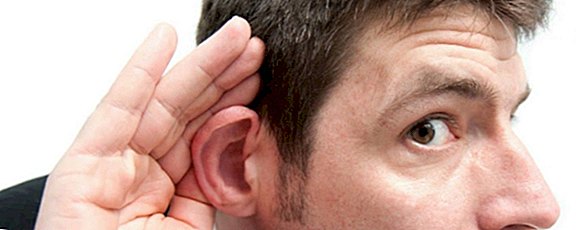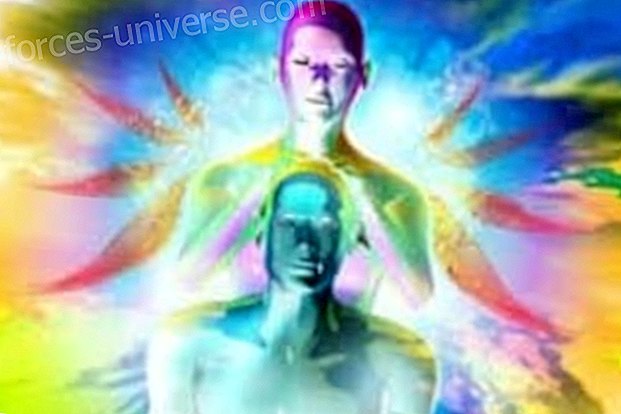Pedro Galazzi
What do we understand by disease? If we refer to the etymological origin we will see that it derives from the Latin word infirmitas, which means lack of firmness.
Historically the man was taking different positions against the disease. The man of the Middle Ages, for example, had a passive and defenseless attitude towards it. He felt a mere spectator of what he considered a divine punishment.
The cause of the disease, he believed, came from an almighty and supernatural source to which nothing could be done, just resign or expect a miracle. Later developments continue to maintain this defenseless posture.
Herminio Castella defined the disease as an inadequate alarm response to the stimuli we have to live.
Actually, from this position, we are not talking about sickness, but about the person who gets sick. There is no longer "the flu", there are people who suffer certain ailments, which for their study and classification have been named as such. We place ourselves then as protagonists, and not as spectators of what happens to us.
If we respond to the environment with foolish fears (in the face of dangers that do not exist), with anger, (produced by the helplessness that fear gives), with anxiety (not knowing how to expect events to happen in due time), with guilt ( the annihilation of the being in the face of the awareness of the mistake made), with depression, etc. there is a disorder in us and this causes the disease. This does not mean that we consciously want to get sick, but in doing so we are improperly expressing something that we cannot solve.
Behind the sick there is learning: we get sick of what we have learned to do. The answers we give to the different stimuli depend on what we learned from our culture. It is the man who creates the answers, it is he who creates the sick. Bacteria and viruses are the matter from which diseases are created, and they represent how, but not why. Since man cannot create from nothing.
Sickness represents a language and a code that although it is particular in each person, it expresses certain similar characteristics that Dr. Castella synthesized in this way:
Disorders in the genital system: consequence of living poorly sexuality and motherhood.
Urinary system disorders: linked to the previous ones, since both devices have a common embryonic origin.
Disorders in the digestive tract: related to economic problems.
Obesity: it is presented as a defense mechanism against hunger, tuberculosis, beauty (when it is presented as dangerous).
Skin disorders: related to fear of contact with others, since the skin is an organ of relationship.
Dental problems : they usually express anger.
Angina: related to the fear of saying something, or the fault for saying something.
Backaches: express fear of others' opinions.
Disorders in the osteo-articular-muscular apparatus: they entail a denial of action.
Cardiovascular disorders: they express fear and vital anguish.
Respiratory disorders: they reflect an anguish in front of the place it occupies, a feeling left out.
Alterations in blood pressure: the high pressure indicates that there may be accumulated anger; the low pressure would show a need to escape.
The disease and the mother-child relationship:
Relating everything expressed so far with the central concept of the theory of Herminio Castella, the program of life.
The same doctor made his first discoveries from the treatment of the sick in the child. And he could affirm that when he is sick, he does it as a communication channel for the mother, expressing herself through him. This is possible through the strong telepathic relationship between the two. The fact that in the face of a mother's problem, a certain child becomes ill and not another, (or herself), is due to the fact that the problem is closely related to that child's life program.
Synthesis made from lectures given by Dr. Gabriel and Herminio Castellá







